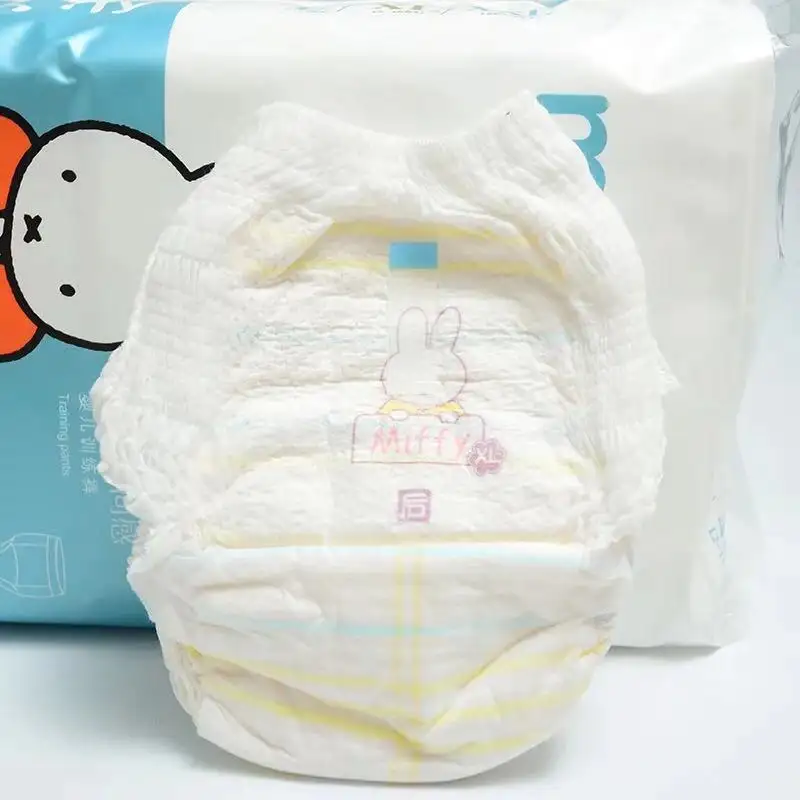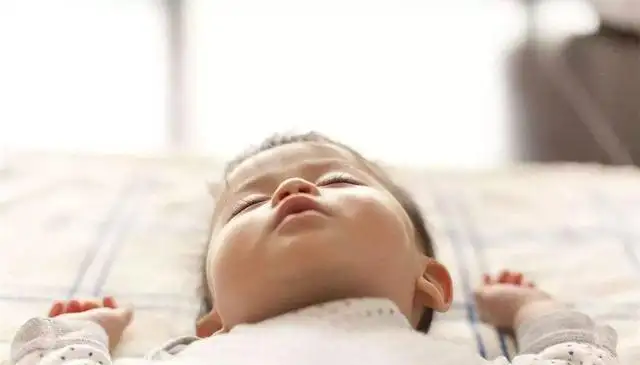With the development of Chinese society and the continuous opening of the government's policy on the second child, the government's publicity on the second child has been deepened. Since 2016, China's birth rate has increased significantly. According to the data released by the National Bureau of statistics, the number of newborns reached 17.86 million in 2016, a net increase of 1.31 million, an increase of 7.9%, far exceeding expectations. Compared with the previous two one-child policy and the subsequent single child policy, the government's comprehensive child policy has brought more significant population growth. The health and Family Planning Commission predicts that the birth rate will continue to increase and will continue to inject a demographic dividend into the infant market. Stimulated by the two-child policy, pull-up pants and training pants industry have good development prospects.

In March 2013, Ma Xu, deputy to the National People's Congress and director of the Institute of the national population and Family Planning Commission, said:; The liberalization of the second child policy mainly involves the corresponding adjustment of family planning policy. At present, China's current situation is that in the social development, the low fertility level has begun to appear. Therefore, the state has classified and adjusted the second child policy award according to the population situation and economic and social development. For example, Heilongjiang, Jilin, Liaoning and other provinces and cities in Northeast China began to explore the liberalization of the second child, that is, from the original second child to the second child, but this is mainly aimed at rural areas. Ma Xu believes that the two-child policy can be gradually liberalized.
In October 2015, the CPC Central Committee clearly pointed out that it is necessary to further improve the population development strategy and fully implement the two child policy, that is, a couple can have two children. The liberalization and implementation of the comprehensive two-child policy will have a positive impact on China's social and economic development. In the short term, the increase in fertility will bring new demographic dividends, which will have a positive impact on the operation of enterprises in relevant fields of the capital market and bring investment opportunities in relevant industries. In the long run, comprehensive second child care will help alleviate the future labor problem and ensure social stability.
The two-child policy also has a significant impact on the birth rate. According to the data of the National Bureau of statistics, it can be clearly seen that since the introduction of the second child policy in 2015, the birth rate and the number of newborns have increased well, and the growth of newborns is a great benefit to the infant industry. With the birth and growth of children, these newborns will gradually need to use pull-up pants baby products. Milk powder and other baby products. For enterprises, there will be very obvious demographic policy dividends in the next five years. Manufacturers need to seize opportunities and take advantage of growth opportunities.

The economic environment is crucial to the development of enterprises. If the overall economic environment is good, the residents' consumption will is high, and the per capita disposable income increases, it is conducive to the rapid expansion of market scale and the improvement of business level. On the contrary, if the overall economic environment is not good, it will be very difficult for enterprises in the process of production and operation.
With the development of the country and social stability, since 2015, China's GDP growth has slowed down and the industrial structure is facing adjustment and upgrading. Therefore, enterprises need to pay more attention to industrial development, grasp advantageous industries and avoid sunset industries.

To sum up, the development environment of pull-up pants and training pants are good from the perspective of national macro-economy, market demand and policy.
Comment(0)
You can comment after
SIGN IN